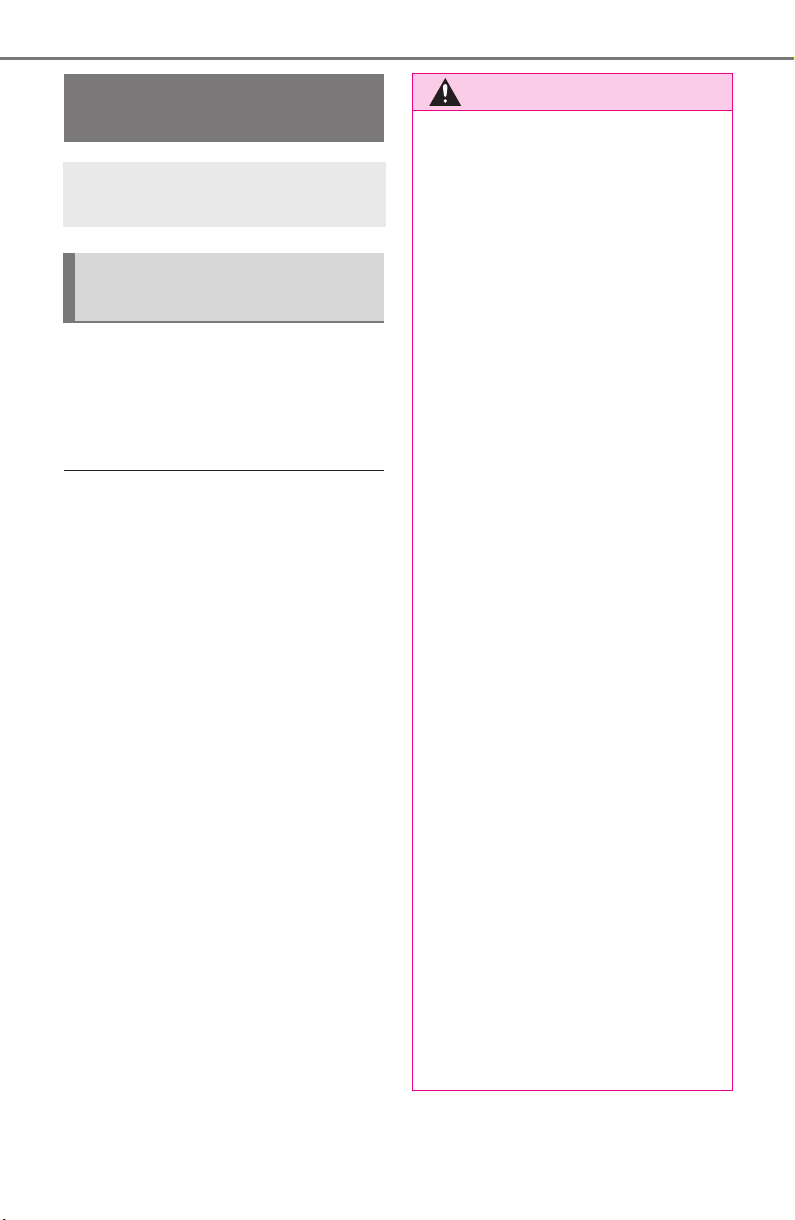Loading ...
Loading ...
Loading ...

164
4-4. Refueling
COROLLA H/B_U
4-4.Refueling
Turn the engine switch off and
ensure that all the doors and
windows are closed.
Confirm the type of fuel.
■
Fuel types
P.506
■
Fuel tank opening for unleaded
gasoline
To help prevent incorrect fueling,
your vehicle has a fuel tank opening
that only accommodates the spe-
cial nozzle on unleaded fuel pumps.
■
If the fuel level gauge is mal-
functioning
The malfunction indicator lamp may
illuminate if the fuel level gauge is
malfunctioning. (A malfunction may
be detected and the malfunction
indicator lamp may illuminate erro-
neously in some situations, such as
when the vehicle is refueled repeat-
edly when the fuel tank is nearly
full.)
Opening the fuel tank
cap
Perform the following steps
to open the fuel tank cap:
Before refueling the vehi-
cle
WARNING
■
When refueling the vehicle
Observe the following precautions
while refueling the vehicle. Failure
to do so may result in death or
serious injury.
●
After exiting the vehicle and
before opening the fuel door,
touch an unpainted metal sur-
face to discharge any static
electricity. It is important to dis-
charge static electricity before
refueling because sparks result-
ing from static electricity can
cause fuel vapors to ignite while
refueling.
●
Always hold the grips on the
fuel tank cap and turn it slowly
to remove it.
A whooshing sound may be
heard when the fuel tank cap is
loosened. Wait until the sound
cannot be heard before fully
removing the cap. In hot
weather, pressurized fuel may
spray out the filler neck and
cause injury.
●
Do not allow anyone that has
not discharged static electricity
from their body to come close to
an open fuel tank.
●
Do not inhale vaporized fuel.
Fuel contains substances that
are harmful if inhaled.
●
Do not smoke while refueling
the vehicle.
Doing so may cause the fuel to
ignite and cause a fire.
●
Do not return to the vehicle or
touch any person or object that
is statically charged.
This may cause static electricity
to build up, resulting in a possi-
ble ignition hazard.
Loading ...
Loading ...
Loading ...